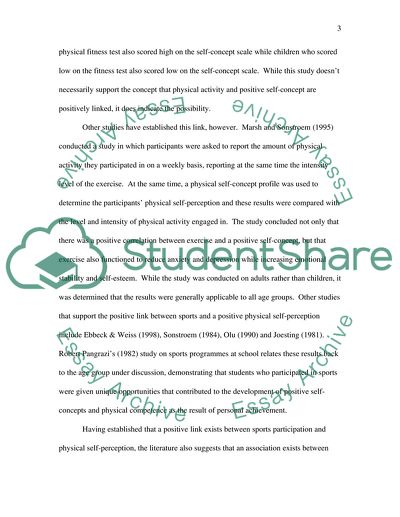Cite this document
(“To determine the relationship between physical self-perceptions and Essay”, n.d.)
To determine the relationship between physical self-perceptions and Essay. Retrieved from https://studentshare.org/miscellaneous/1540449-to-determine-the-relationship-between-physical-self-perceptions-and-participation-in-sport-in-school-children-in-years-9-10-and-11
To determine the relationship between physical self-perceptions and Essay. Retrieved from https://studentshare.org/miscellaneous/1540449-to-determine-the-relationship-between-physical-self-perceptions-and-participation-in-sport-in-school-children-in-years-9-10-and-11
(To Determine the Relationship Between Physical Self-Perceptions and Essay)
To Determine the Relationship Between Physical Self-Perceptions and Essay. https://studentshare.org/miscellaneous/1540449-to-determine-the-relationship-between-physical-self-perceptions-and-participation-in-sport-in-school-children-in-years-9-10-and-11.
To Determine the Relationship Between Physical Self-Perceptions and Essay. https://studentshare.org/miscellaneous/1540449-to-determine-the-relationship-between-physical-self-perceptions-and-participation-in-sport-in-school-children-in-years-9-10-and-11.
“To Determine the Relationship Between Physical Self-Perceptions and Essay”, n.d. https://studentshare.org/miscellaneous/1540449-to-determine-the-relationship-between-physical-self-perceptions-and-participation-in-sport-in-school-children-in-years-9-10-and-11.


